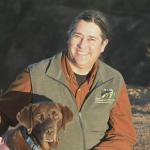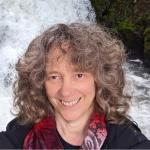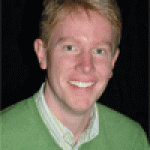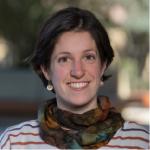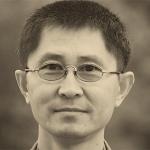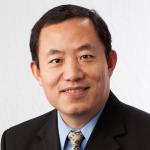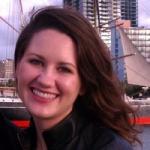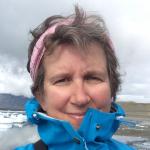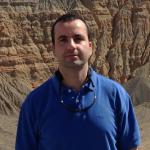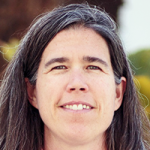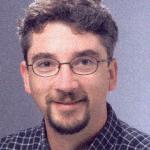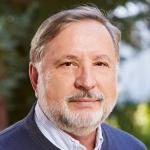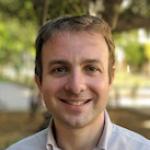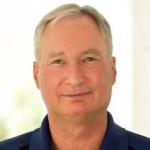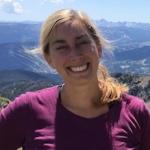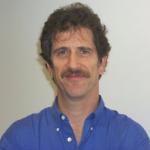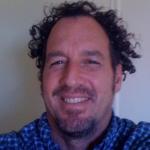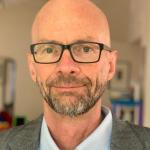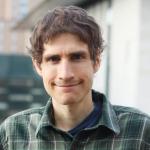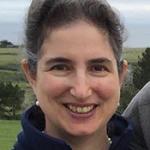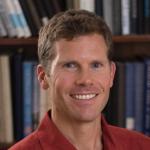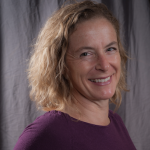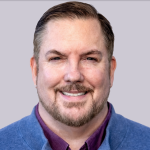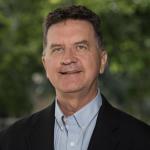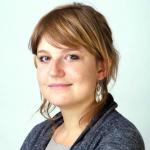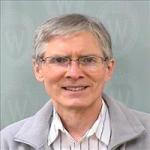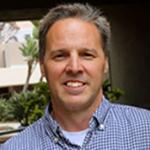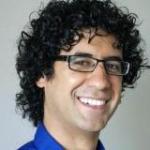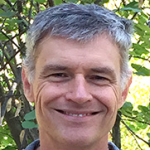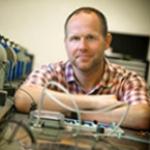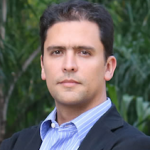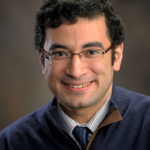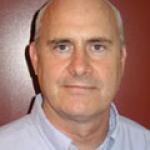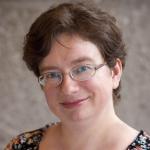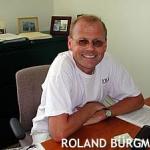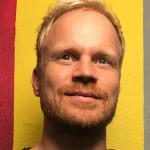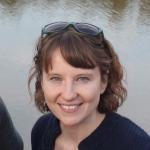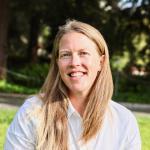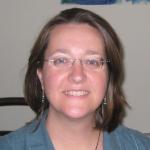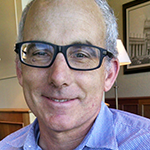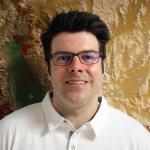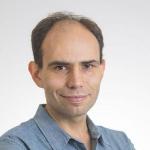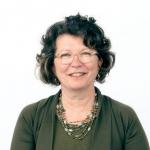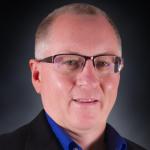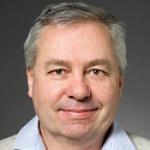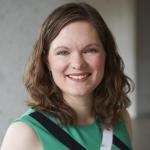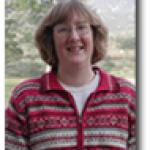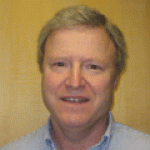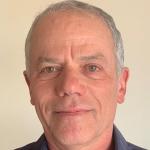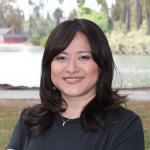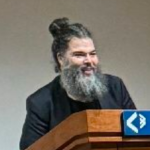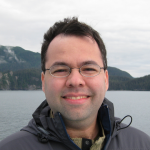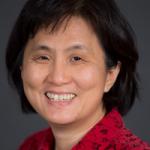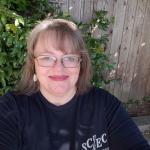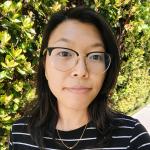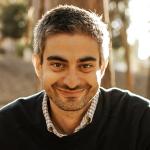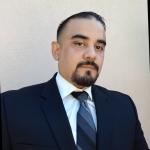|
Organizational Structure |
 |
SCEC Organization
The Southern California Earthquake Center (SCEC) conducts and coordinates research on earthquakes using southern California as its main natural laboratory. Since 2002, SCEC has been sustained as a stand-alone science center under cooperative agreements with National Science Foundation (NSF) and U.S. Geological Survey (USGS) in five-year phases. SCEC’s research and education programs involve more than 1,000 researchers and collaborators at over 90 institutions.
The Center operates under a set of by-laws that outline the terms of the institutional membership, the roles and responsibilities of the principal investigators, Board of Directors, Center officers and standing committees, and the procedures for conducting their business.
Board of Directors
The Board of Directors serves as the primary mechanism for SCEC core and participating institutional representation in the oversight and management of the Center. The Board is comprised of Institutional Directors from each core institution. In addition, two Institutional Directors-at-Large are nominated by the participating institutions to the Center Directors and approved by the Board to serve three-year terms. The Board also includes non-voting Liaison Members from the U.S. Geological Survey who help to coordinate Center and Survey activities. More information ...
|
|
|
|
|
|
|
|
||||||||||||||||
|
|
|
|
|
|
|
|
||||||||||||||||
|
|
|
|
|
|
|
|
||||||||||||||||
|
|
|
|
Science Planning Committee
The Science Planning Committee (SPC) is responsible for formulating the Center's Science Plan, conducting proposal reviews, and recommending to the Board of Directors an annual research program with a balanced portfolio of projects. Their objective is a coherent science program, consistent with SCEC's basic mission, institutional composition, and budget that achieves the Center's short-term objectives and long-term goals. The SPC consists of the leaders of the SCEC science working groups---disciplinary committees, focus groups, and special project groups---who, together with the Center Director, SPC Chair and Vice-Chair, guide SCEC's research program. A USGS Joint Planning Committee (JPC) participates in the annual science planning process and enables coordination between SCEC and USGS earthquake hazard studies. More information ...
|
|
|
|
|
|
|
|
|||||||||||||||||
|
|
|
|
|
|
|
|
|||||||||||||||||
|
|
|
|
|
|
|
|
|||||||||||||||||
|
CEO Planning CommitteeThe Communication, Education, and Outreach (CEO) Planning Committee includes stakeholders and key partners and represenatives of SCEC leadership, who provide guidance for SCEC's CEO programs, review and evaluate their impact, and identify synergies with other parts of SCEC and external organizations. |
External Advisory CouncilAn external Advisory Council (AC) serves as an experienced body that provides an outside perspective on the Center’s activities. The AC is charged with developing an overview of SCEC operations and advising the SCEC Directors and Board of Directors on major issues that confront the Center. The AC also facilitates interactions with allied disciplines and entities with an interest in earthquake science and education. |
||||||||||||||||||||
|
|
|
|
|
|
|
|||||||||||||||
|
|
|
|
|
|||||||||||||||||
|
|
||||||||||||||||||||
Executive Committee of the Center
|
|
|
|
|
The Executive Committee of the Center (ExCom) oversees the Center's day-to-day operations, which includes implementing policies for the management of the Center and ensuring that the available resources (funding, personnel and technologies) are allocated appropriately to meet the Center goals, contracts and agreements.
The ExCom consists of the Center Director, the Center Co-Director and Science Planning Committee Chair, the Board of Directors Chair and Vice Chair, the Science Planning Committee Vice Chair, the Executive Director for Applied Science, and the Associate Directors for CEO, Information Technology, and Science Operations, and the Director of Experiential Learning and Career Advancement. |
||||||||||||
|
|
|
|
||||||||||||||
Center Staff at USC Headquarters
|
|
|
Applied Science: This group works on large-scale collaborative projects involving diverse disciplines related to earthquake hazard and risk. They connect SCEC scientists and research results with practicing engineers, government officials, business risk managers, and other professionals in order to improve application of earthquake science. |
|||||||||||||
|
|
|
|
Research Computing: This team of computer scientists and research programmers maintains, operates, and enhances SCEC software and computational tools for earthquake science, producing open-source distributions for the wider user community. |
||||||||||||
|
|
|
|
Science Operations: The operations team supports SCEC’s annual science and collaboration planning processes, including proposal submissions and reviews; allocation of funding to SCEC researchers; development of tools for community collaboration, project reporting and dissemintation; and management of workshops and annual meetings. |
||||||||||||
|
|
|
|
Communication, Education, & Outreach: The CEO team manages activities that aim to: improve the application of earthquake science in policy and practice; reduce the loss of life, property, and recovery time; increase science literacy; and increase diversity, retention, and career success in the scientific workforce. |
||||||||||||

